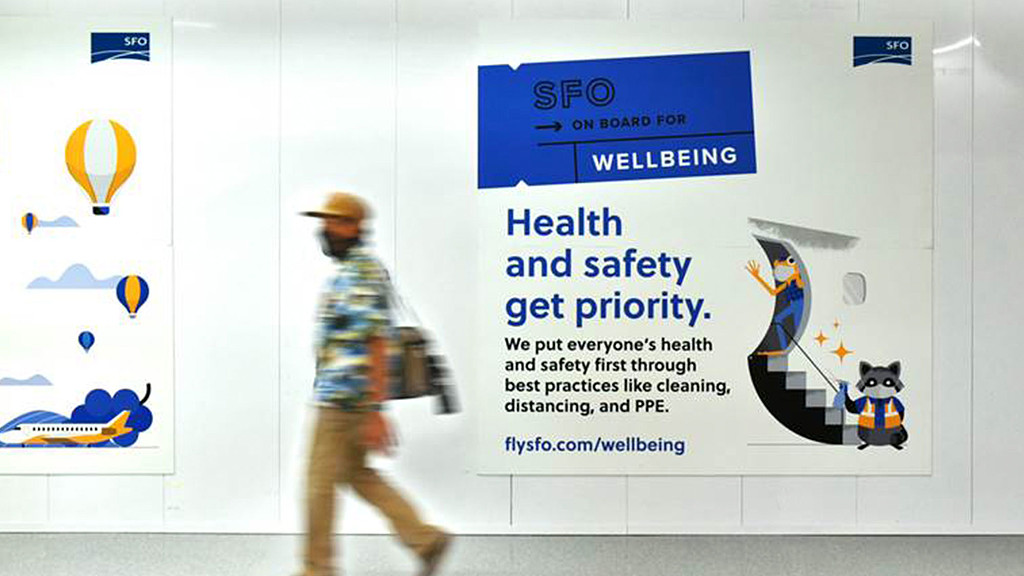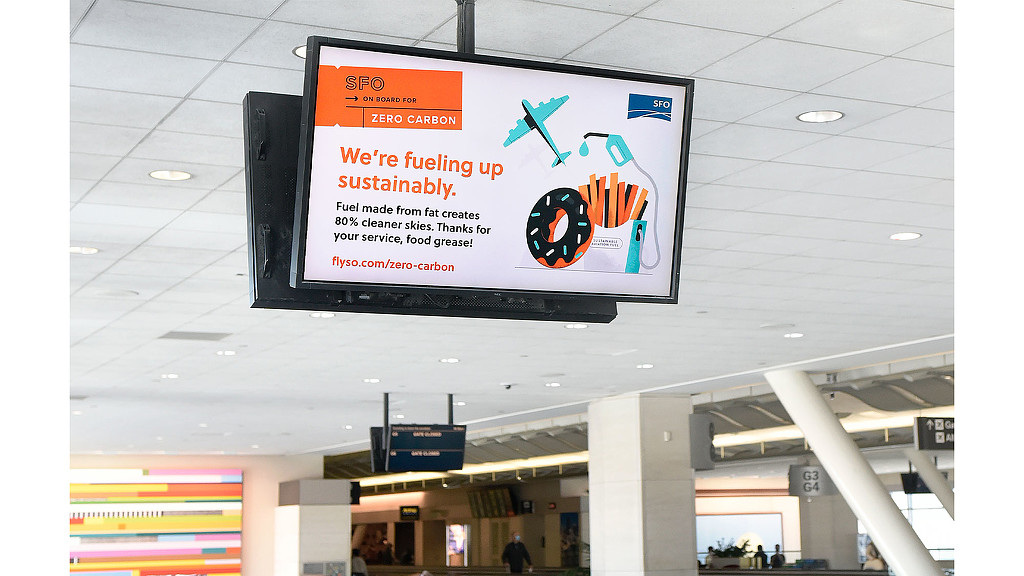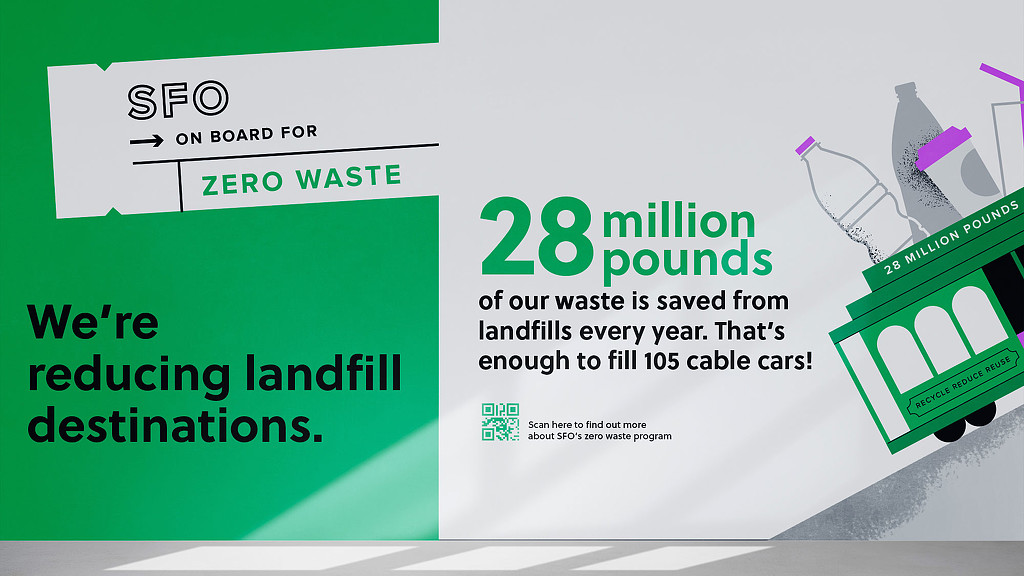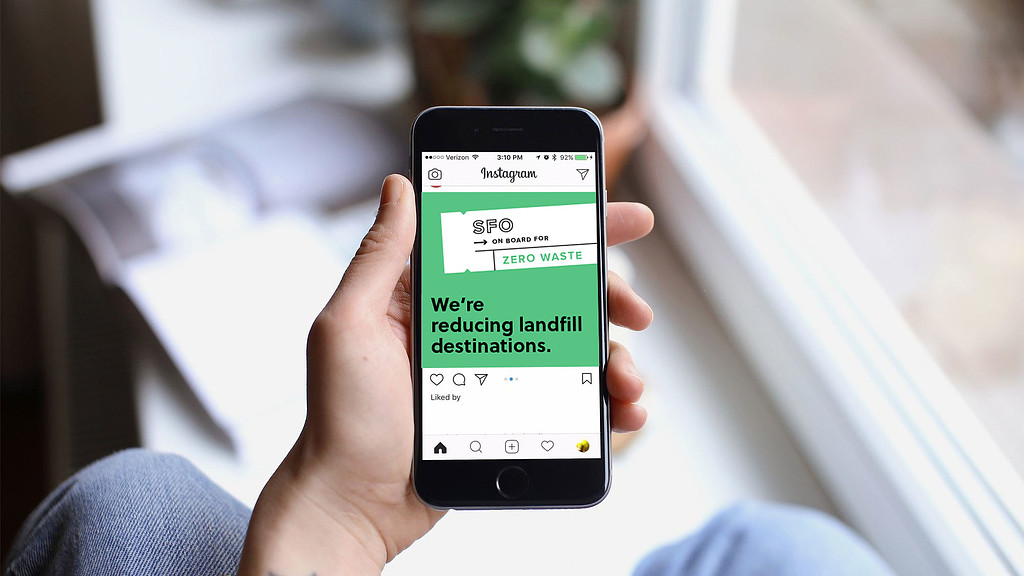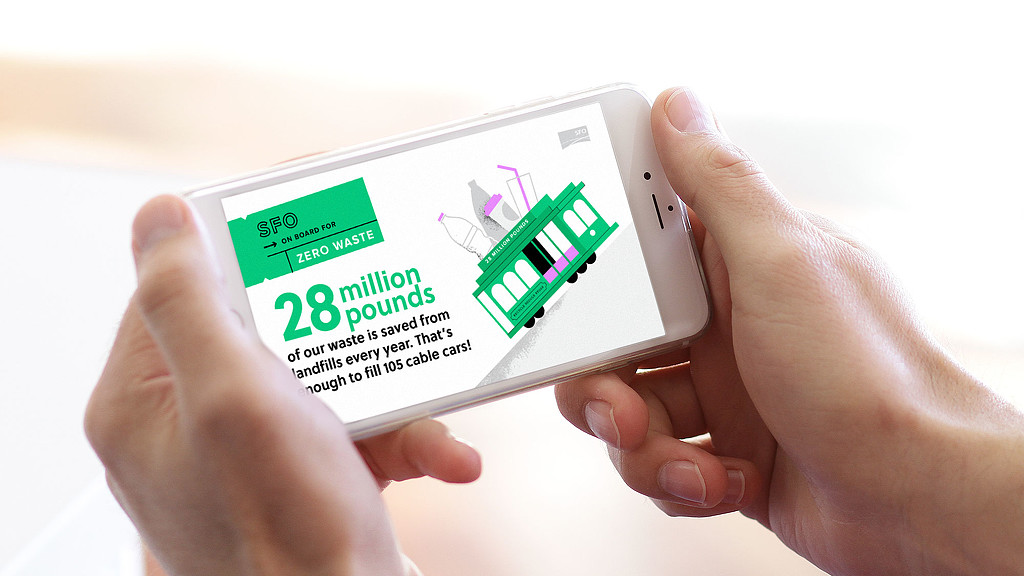SFO Sustainability Campaign
San Francisco, California
San Francisco International Airport enlisted Gensler to increase its passenger, partner, and employee engagement by creatively communicating the next-generation sustainability measures being implemented throughout the airport. The branded campaign highlights SFO Airport’s ambitious sustainability projects and initiatives through a whimsical campaign that makes the information approachable, meaningful, and relevant. Led by our Brand Design team, the project extends throughout the airport and across digital touchpoints, including wall graphics, digital graphics, and social media posts.
